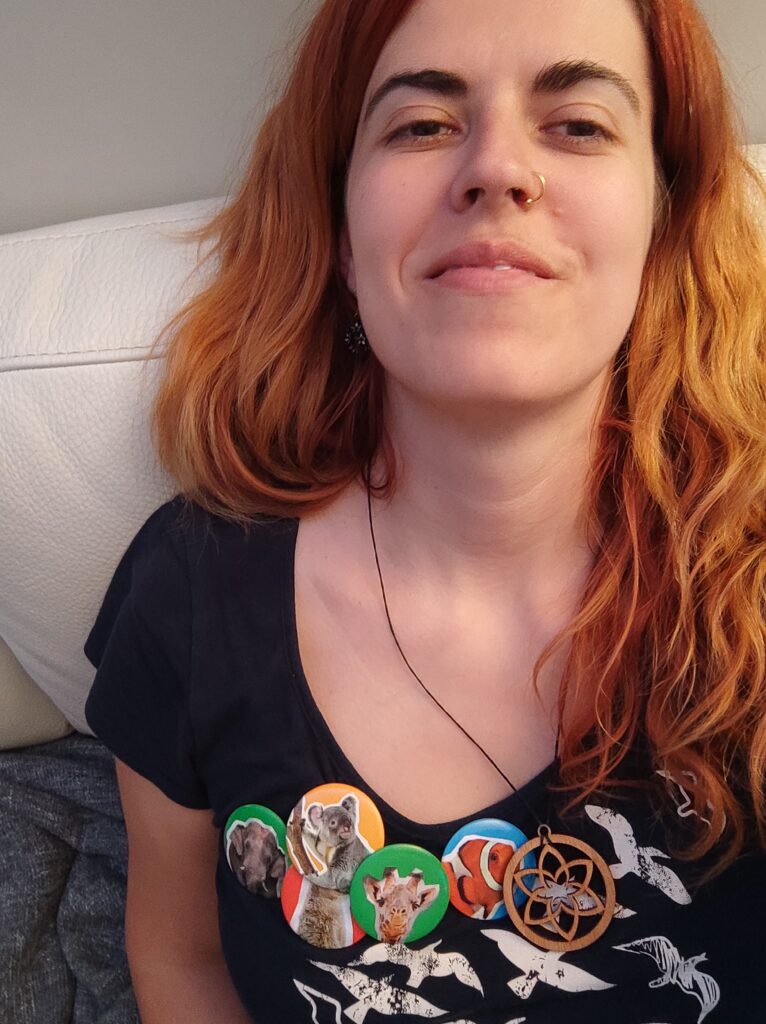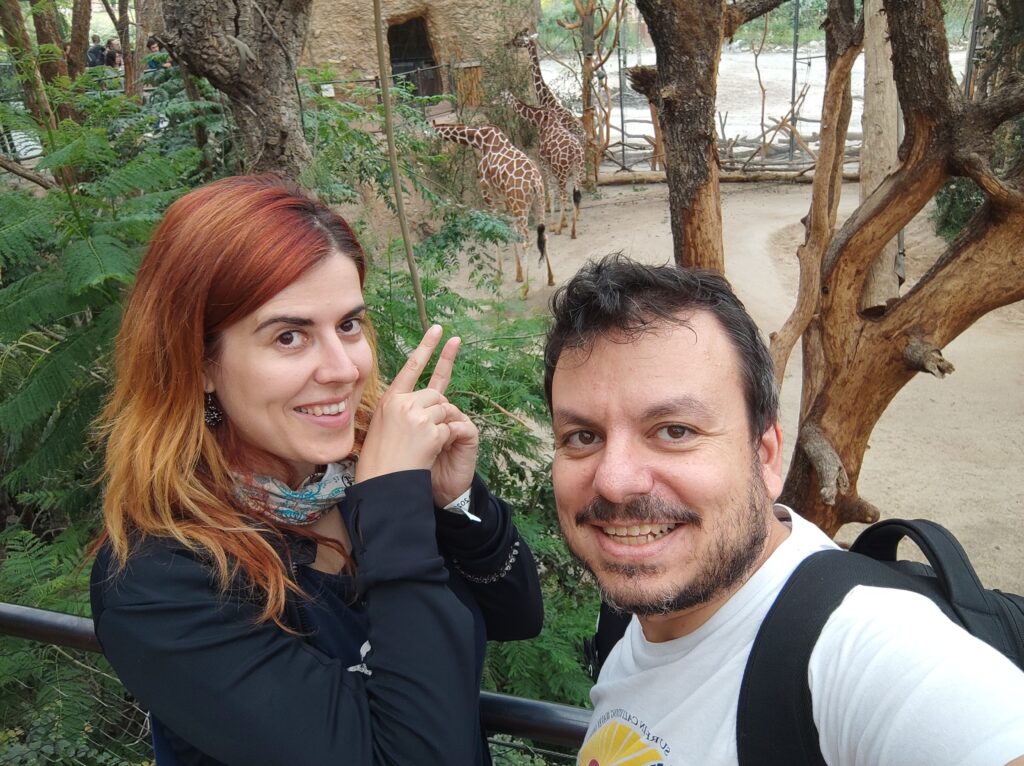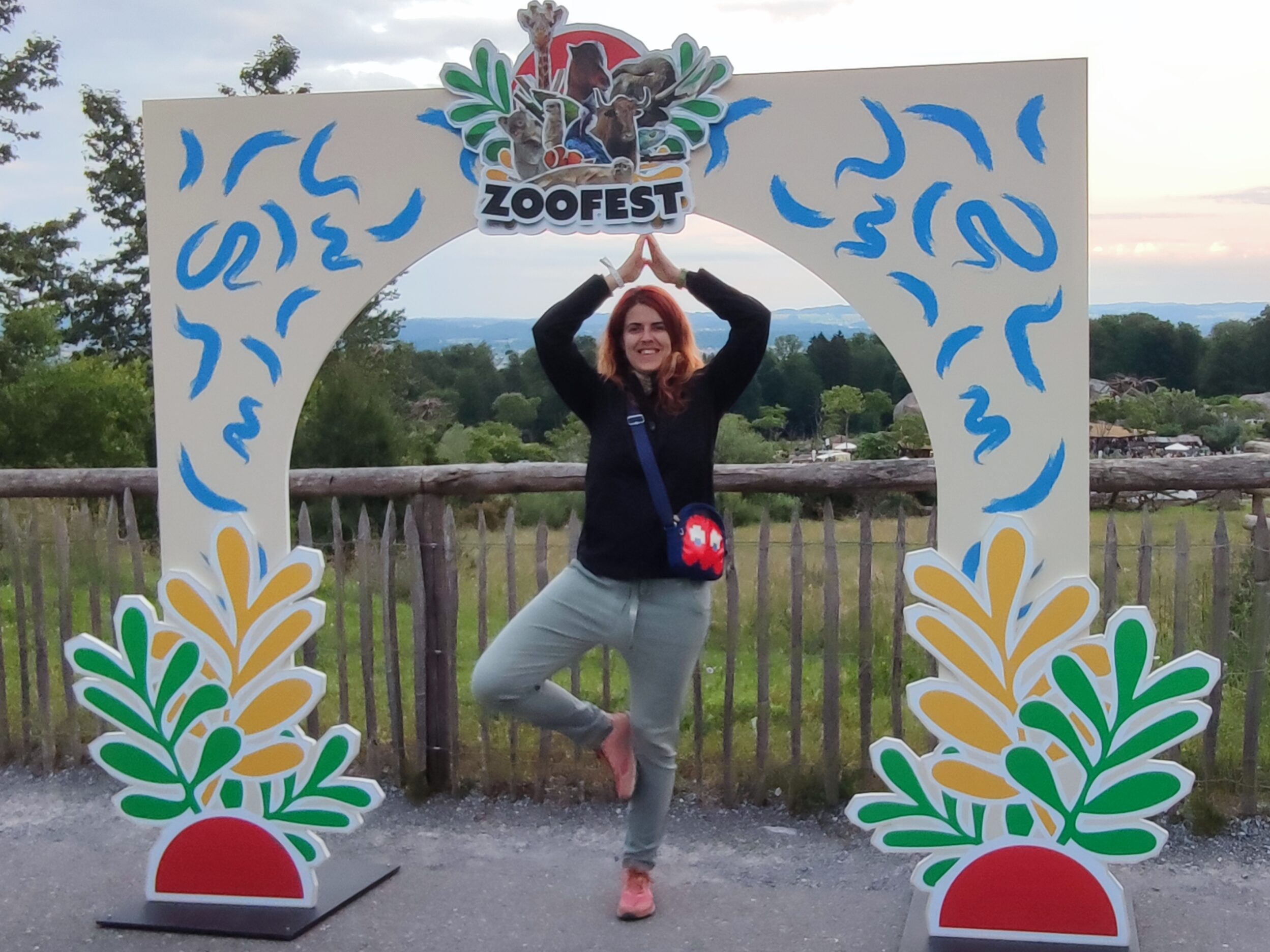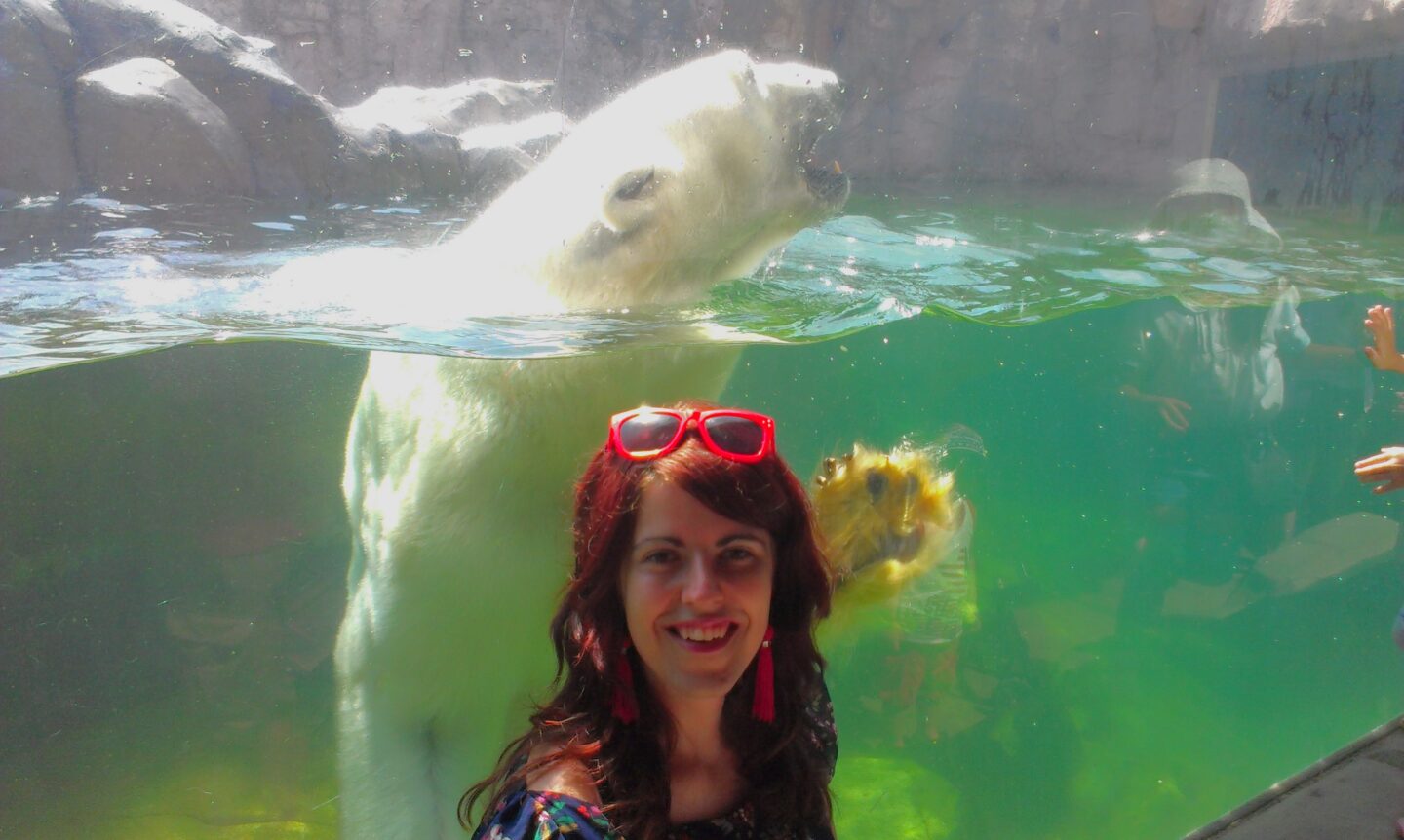The primary functions of a modern zoo are species conservation, animal research, education of the public, and the last one is entertainment. In fact, entertainment is just a fundraising strategy to support the other primary functions. There are different ways to financially support a zoological institution, for example:
- pay a zoo a visit
- like and subscribe to regularly follow your animal and financially contribute to its welfare
- sponsor an endangered plant
- become a shareholder
I did not know about the last option, and it’s available for the Zoo Zürich. You can buy shares for 200 CHF and in return you get free admission once per year and an invitation to the annual shareholder meeting.
I did not visit many zoos as a child, but I definitely caught up on my animal visits as an adult. From an aquarium in Osaka to an alligator farm in Australia, I generally enjoy learning more about animal conservation efforts and discovering new creatures. To be honest, I am not always entertained, especially when I see depressed-looking animals in small enclosures. Is the zoo not doing a good job on animal welfare or would any animal be unhappy inside of a fence? Is this necessary to protect the species? I was never able to answer these questions, so the zoo visits sometimes leave me with mixed feelings.
I still haven’t made an opinion whether I like zoos or not, but they never fail to educate me. My latest visit opened my mind in an unexpected way and presented me with a completely new function of this institution.
As a partner of a Googler, I was invited to the 20th anniversary party of the Zürich office. In June 2024 Google employed around 5000 people in Zürich, aka Zooglers. Google went really big on this one and rented the entire zoo for a few hours, to celebrate a Zoofest. A simple and yet brilliant idea. The Zooglers could bring their families, so the zoo was extremely crowded. I was a bit uncomfortable that this would disturb the animals, but the zoo is large and people concentrated near restaurants far from the enclosures. I very much appreciate(d) the amazing free food and the view over the city. There was also a kid’s game of collecting animal badges, which I took very seriously. If we didn’t spend some time doing educational activities, I would certainly catch them all.

The choice of educational activities was limited and they had to be booked beforehand. We managed to book a giraffe feeding and a guided tour in the feeding kitchen. Unfortunately, we underestimated the time it takes to reach the lower parts of the zoo. Even with an adventurous run through the crowd, we still missed the giraffe feeding. Nevertheless, they looked majestic and well-fed ❤️

Missing the guided tour was not an option, so we waited at the indicated spot well ahead of the time. The group was split in half with two different tour guides. Our guide had a PhD behind her name and she was very knowledgeable about animal nutrition.
In the following hour she explained to us how the zoo helped with reducing food waste generated by our modern lifestyle.
At first, we entered a cooled room used for storing vegetables and fruits. What surprised me the most is how human this looked. One section could definitely pass as storage for a restaurant or a supermarket, with an industrial shelf system filled with fresh-looking goods. The animals get supermarket waste and veggies that cannot be sold in stores because of a strange shape. Most of the food is still pretty good to go. So, what do zoo animals like to eat? Some animals had their own bucket prepared already. I remember that elephants like beetroot, deer cherish apples, meerkats and bears enjoy expired boiled eggs from Easter. The zookeepers rub sweet syrup on trees as a diet enrichment for baby monkeys and bears. The room was also filled with different types of grains, rice and grass pellets. For example, giraffes do not get their dry food simply handed over to them. The pellets are hidden in a big ball and giraffes need to work their way through – take out the pellets one by one. We could not see the balls because big animals have their own food storage next to the enclosure.
Meat is stored in separate rooms. The first one was a butchery with giant hooks hanging from the ceiling. No dead animals were present at the time, but it made me wonder which animals could end up there. As expected, it’s usually animals that are not OK for human consumption, like old horses and cows. Occasionally, it’s also their own zoo animals. What happens if they have too many antelopes and they cannot exchange them with another zoo? The zoo hunter shoots them and then they pass the entire carcasses to the big cats. This used to happen during visiting hours, but people did not want to see the bloody eating spectacle and complained. Now they either cut the animal into portions or feed them out of sight of the paying customers. Sometimes they get meat from the slaughterhouse of the Vetsuisse faculty. The butchery room is then used to make minced meat, a food for some species of birds.
The second meat room reminded me of a horror freezer where a victim gets stuck. It could not be opened from the inside, and we were “rescued” by the second half of the group.
The contents of the room were not for weak stomachs. The guide let us touch a giant cow bone that would be fed to hyenas. They can crack it in a minute! There were many chick carcasses that ended up here because of their gender. Yes, male chickens do not lay eggs, so they are killed soon after they are hatched. A different type of chicken is used for human consumption (fast-growing poulet), so these male chicks are essentially useless. Next to the fluffy chicks we could see fluffy colorful mice. They come from an Easter European wholesale, because they don’t have enough in Switzerland. The guide also held packaged beef steaks in front of us and explained their story. They are sent directly from Zürich airport. Whenever there is a disruption in the cooling chain, it cannot pass as human food.
This is how zoo animals end up enjoying the finest entrecôte from Argentina.
Animals are also fed fish leftovers from the Zürich Lake, but, just like the steaks, the fish is only for special occasions. Meat waste is subject to availability and it doesn’t come every day, even for carnivores.
A large open box was filled with flour worms. Alive, but asleep because of the low temperature. The guide shook them a bit to wake them up and we could also touch them. Insects are important for nutrition of many animals, that’s why the zoo grows their own crickets and stores them, dead or alive. I had no idea that concentrated crickets smelled a lot!
It was not allowed to take pictures inside, which, in my opinion, made the tour even more impressive. It’s different to read about the tons of wasted food and seeing big rooms well stocked with “second class” food. Animals have been used to consume our food waste for centuries, and I’m glad that the zoo makes the best out of our current eating habits.


Leave a Reply